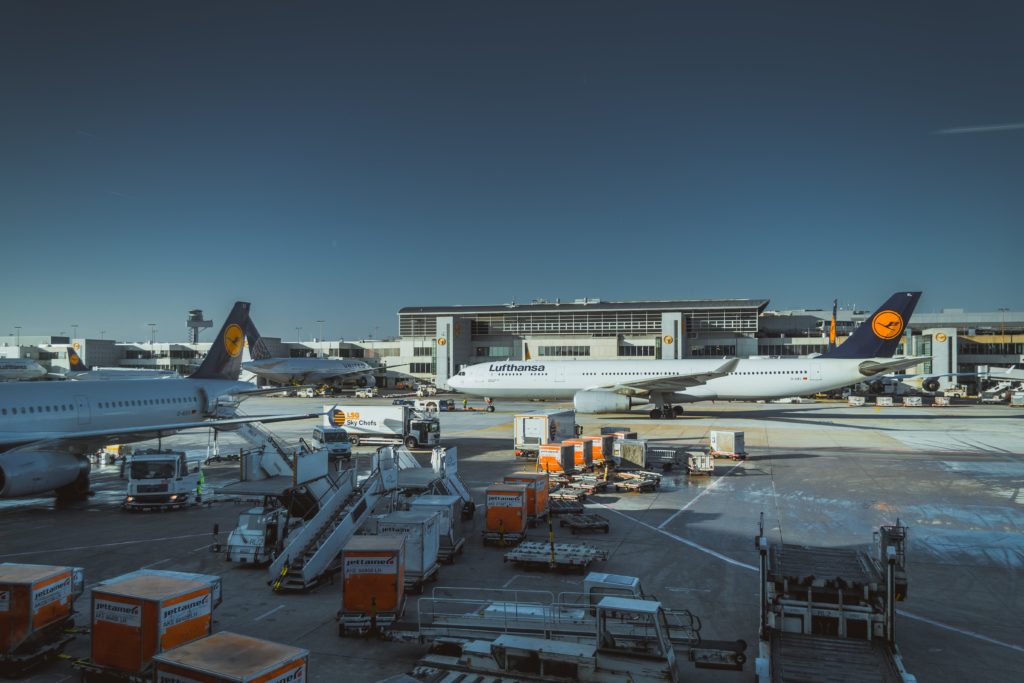Airlines Adapt to Maintain Supply Chains Despite Decreased Airfreight Capacity
As the COVID-19 pandemic and subsequent quarantine orders reduce the number of passenger flights, air cargo space has been severely limited. Decrease in airfreight volume and supply has also generated a significant rise in rates, further complicating the importation of goods. This situation, along with the continued demand for PPE, medical supplies, and other essential goods, has required airlines to adapt, reconfiguring passenger planes for the transportation of cargo in an attempt to maintain supply chains.
A Sharp Decrease in Air Traffic
While passenger planes typically carry cargo strictly in their cargo holds, the reduction in flights has limited transportable volumes. Even though some planes are still flying – often with just a handful of passengers – the drastic decrease in demand has forced a cut in flight offerings. In the final week of March, commercial air traffic was 55 percent lower than in 2019. Total air traffic has seen a 60 percent global reduction. Though planes are still in the air, they are primarily flying domestic routes, not international ones. In the United States, there were 72 percent fewer scheduled international flights in the first week of April as compared to 2019.
The Effects on Airfreight
As a result, airfreight traffic has fallen; the volume decreased by 10 percent in February and is predicted to fall by a total of 15-20 percent for the year, according to the International Air Transport Association. This was heavily influenced by the grounding of flights to China and the country’s shut down of factories earlier in 2020.
However, despite a 1.9 percent decrease in airfreight volume in February, freight capacity likewise fell by 4.4 percent, forcing a shortage of space. With a lack of available capacity, freight rates are increasing. These rates are particularly volatile between North America and Europe, given the previous reliance on passenger planes for these routes specifically. Industry experts suggest costs have increased by 4 or 5 times.
Passenger Planes Reconfigured for Cargo
Increased demand for personal protective equipment has forced airlines to find creative solutions to maintain the supply chain. In an attempt to provide more space, passenger planes are being converted to cargo planes. Air-safety regulators have reduced restrictions, allowing the cargo to be held in the cabin as well as in the belly of the aircraft for more efficient flights. Air Canada has scheduled 20 all-cargo flights per week using reconfigured Boeing 777s. Delta and United Airlines, among others, are also operating freight-only charters, often with added routes. These flights will prioritize medical supplies, food and other time-sensitive items.
“Operating regularly scheduled cargo flights means suppliers in China can get these supplies to hospitals and healthcare facilities across the US within hours, no the days or weeks it would take via cargo ship,” said Shawn Cole, Vice President of Delta Cargo. Delta’s flights are striving to maintain the supply line between the US and China, where a majority of PPE is currently manufactured.
With these adjustments, transporting goods is more unpredictable than ever. With years of expertise in the freight industry, Sheltered International is available to help importers streamline their air cargo experience and get their products up in the air quickly.


